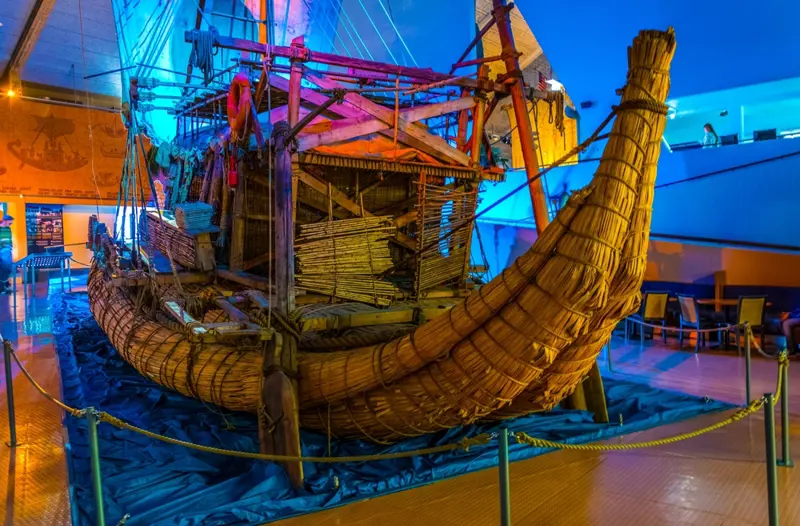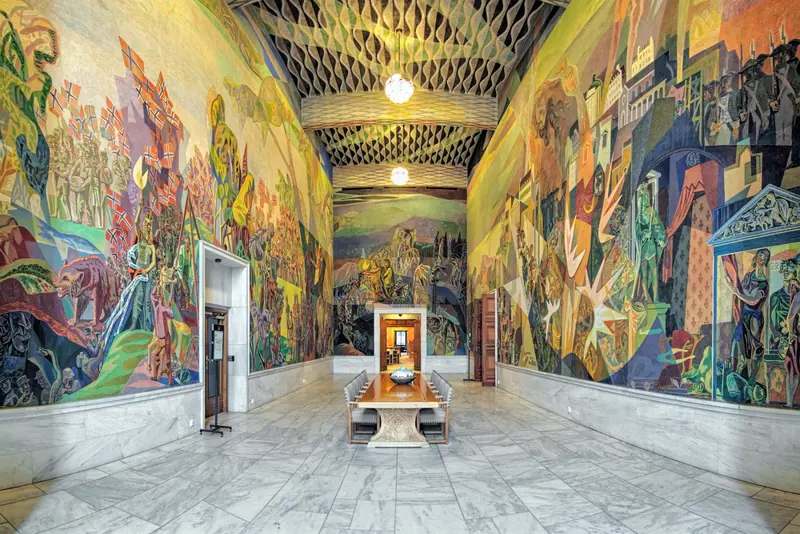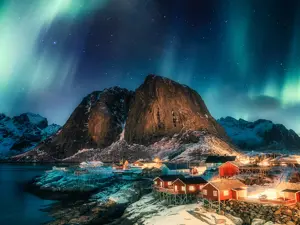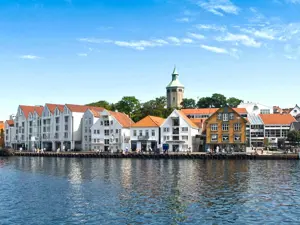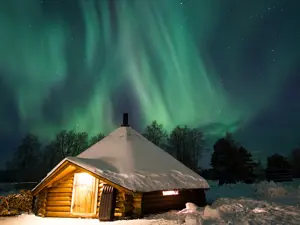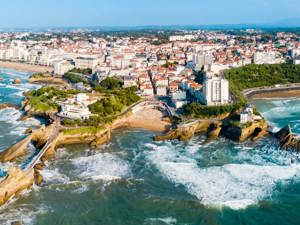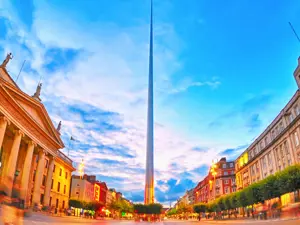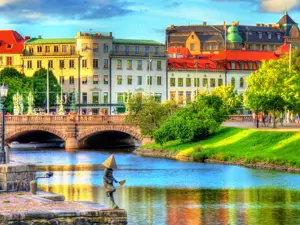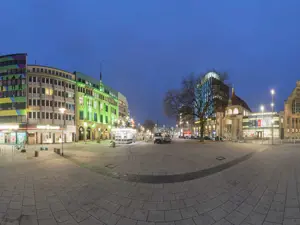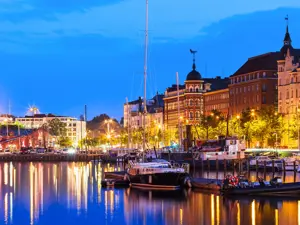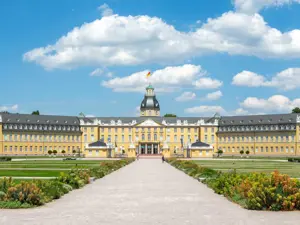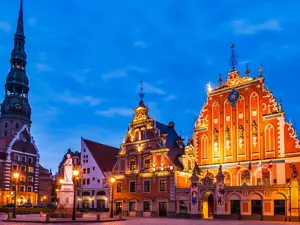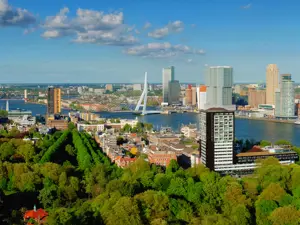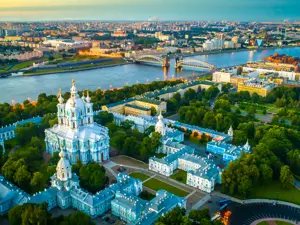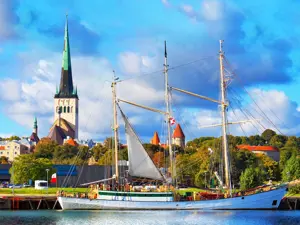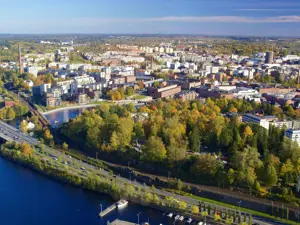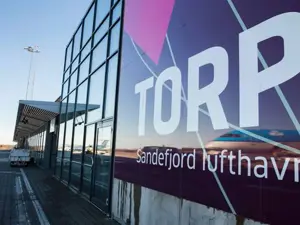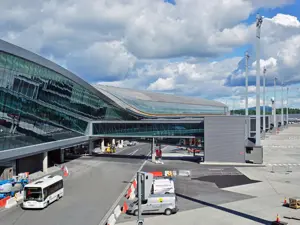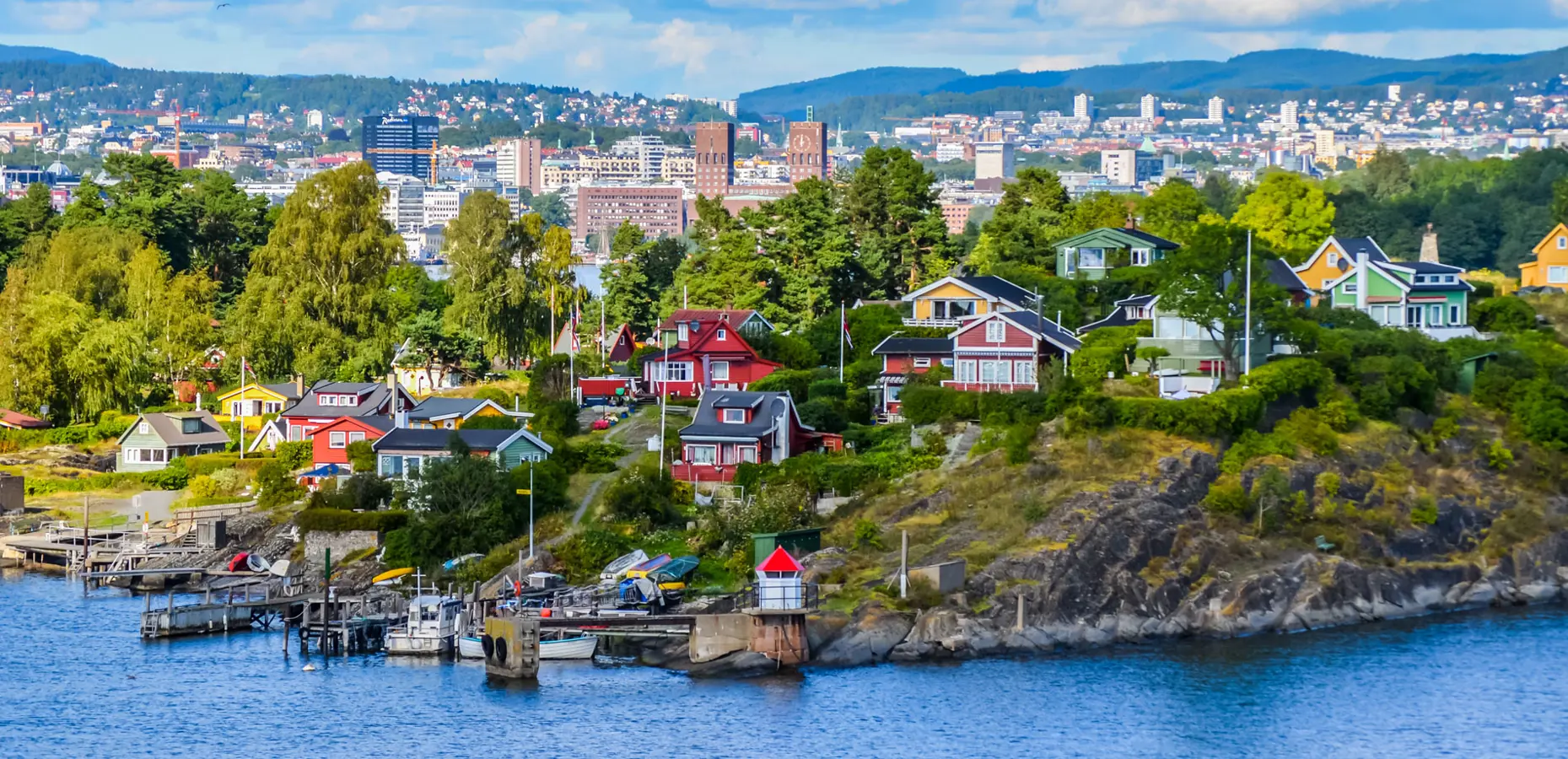
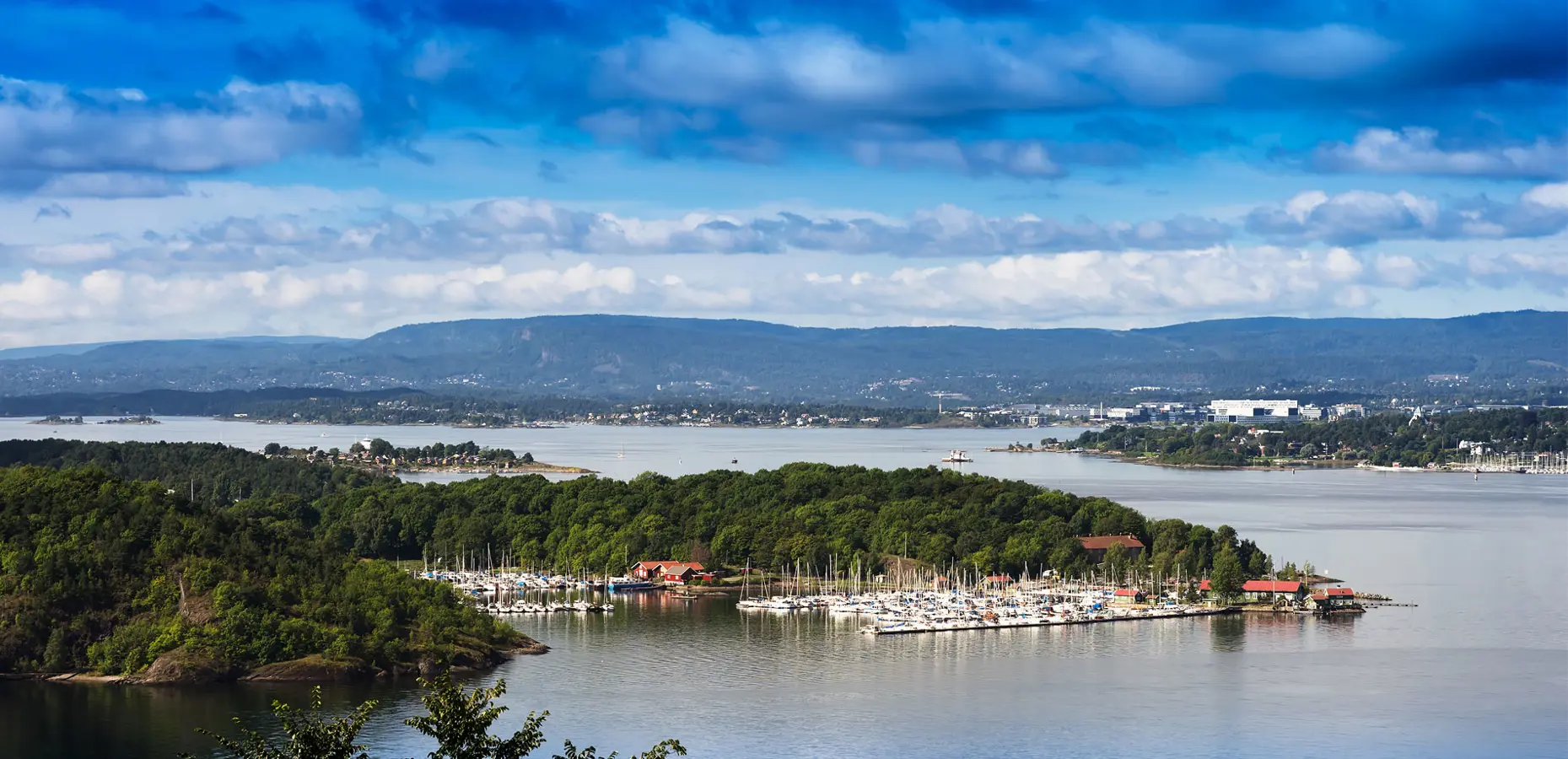
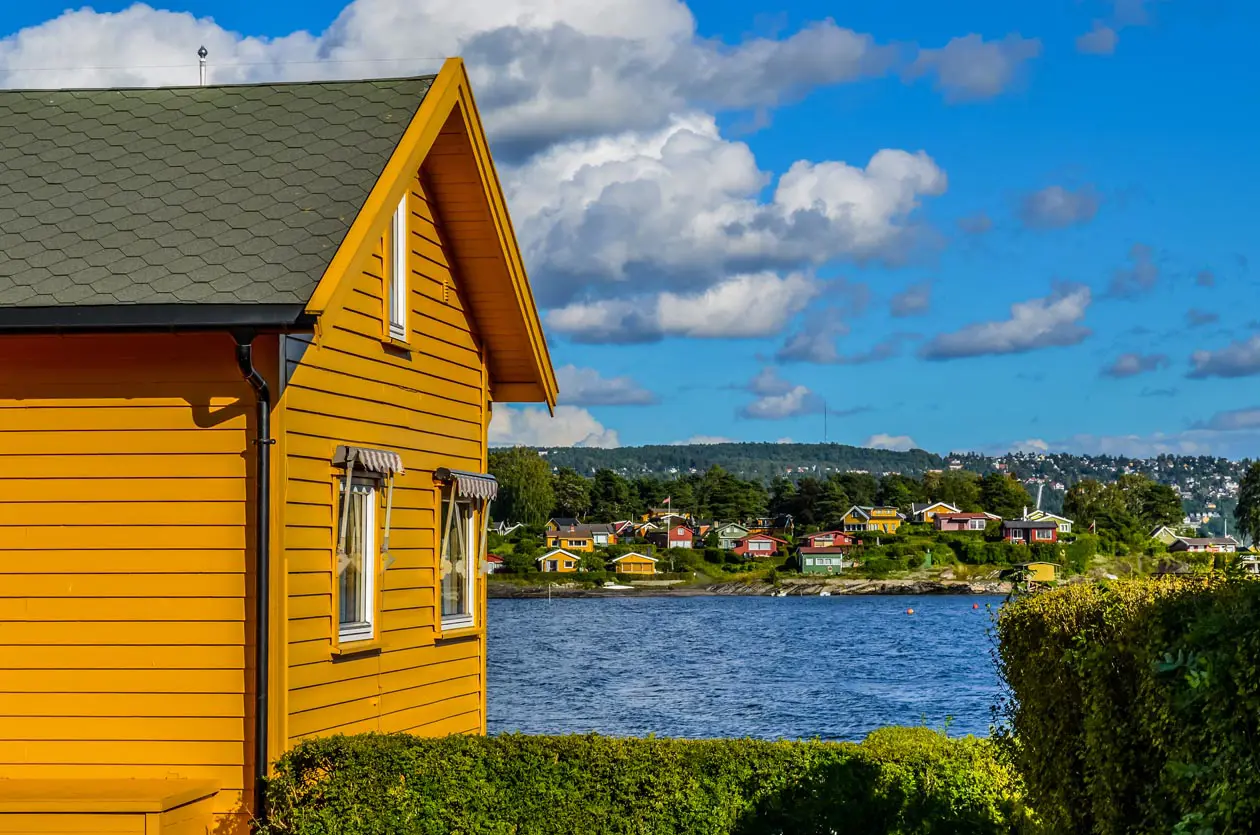
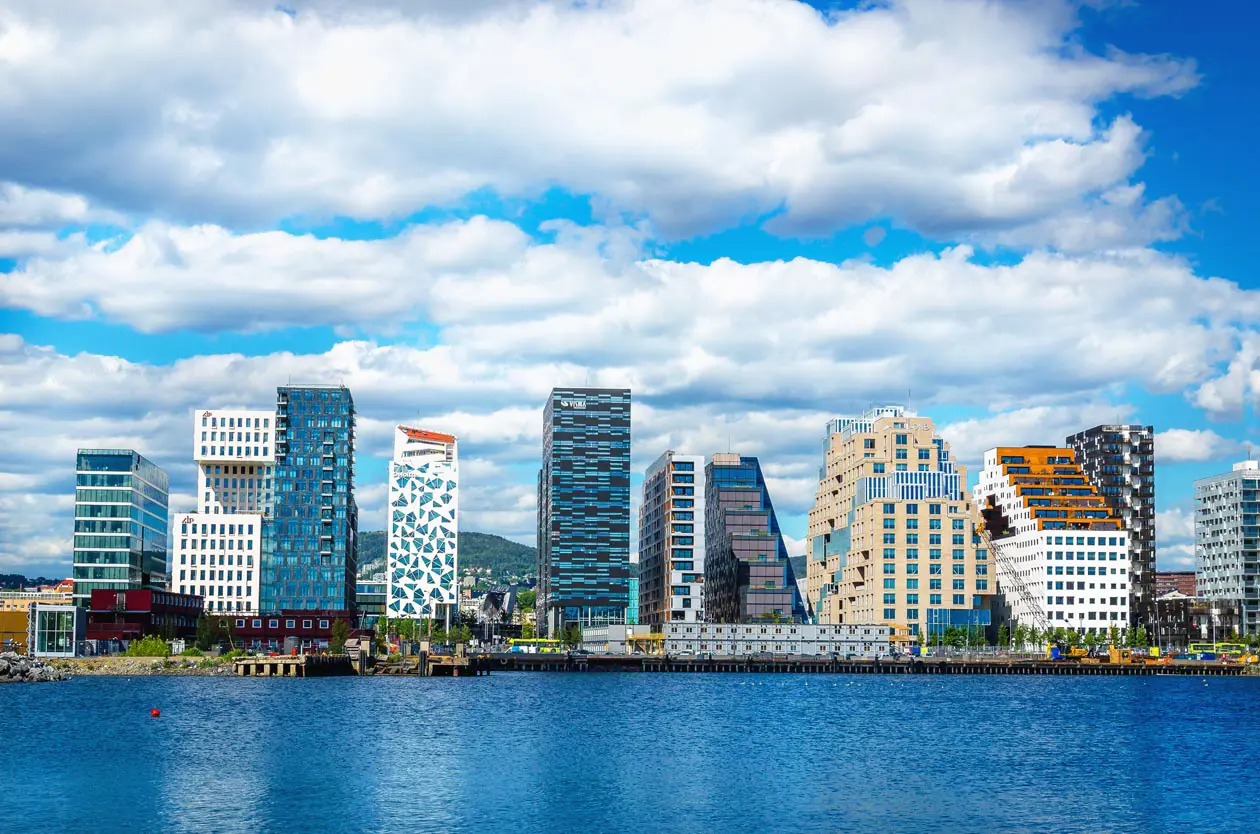
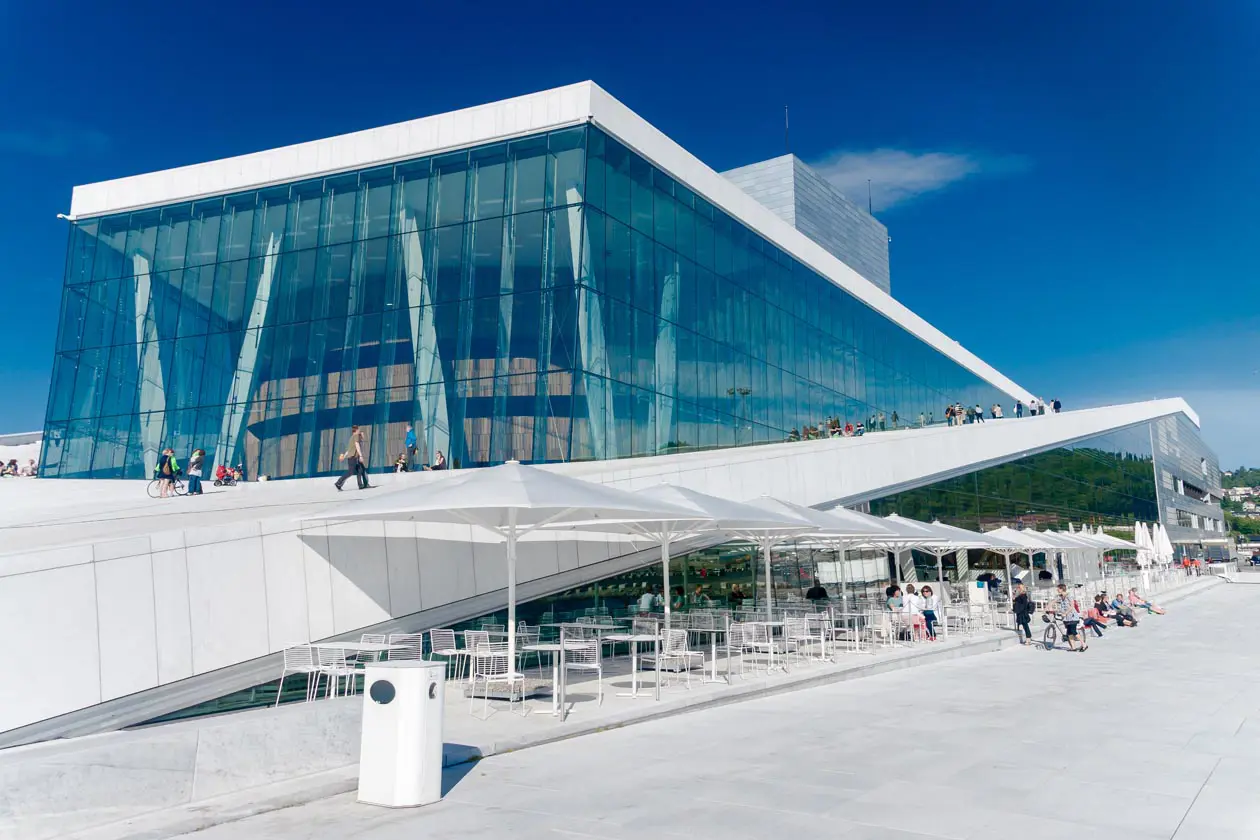
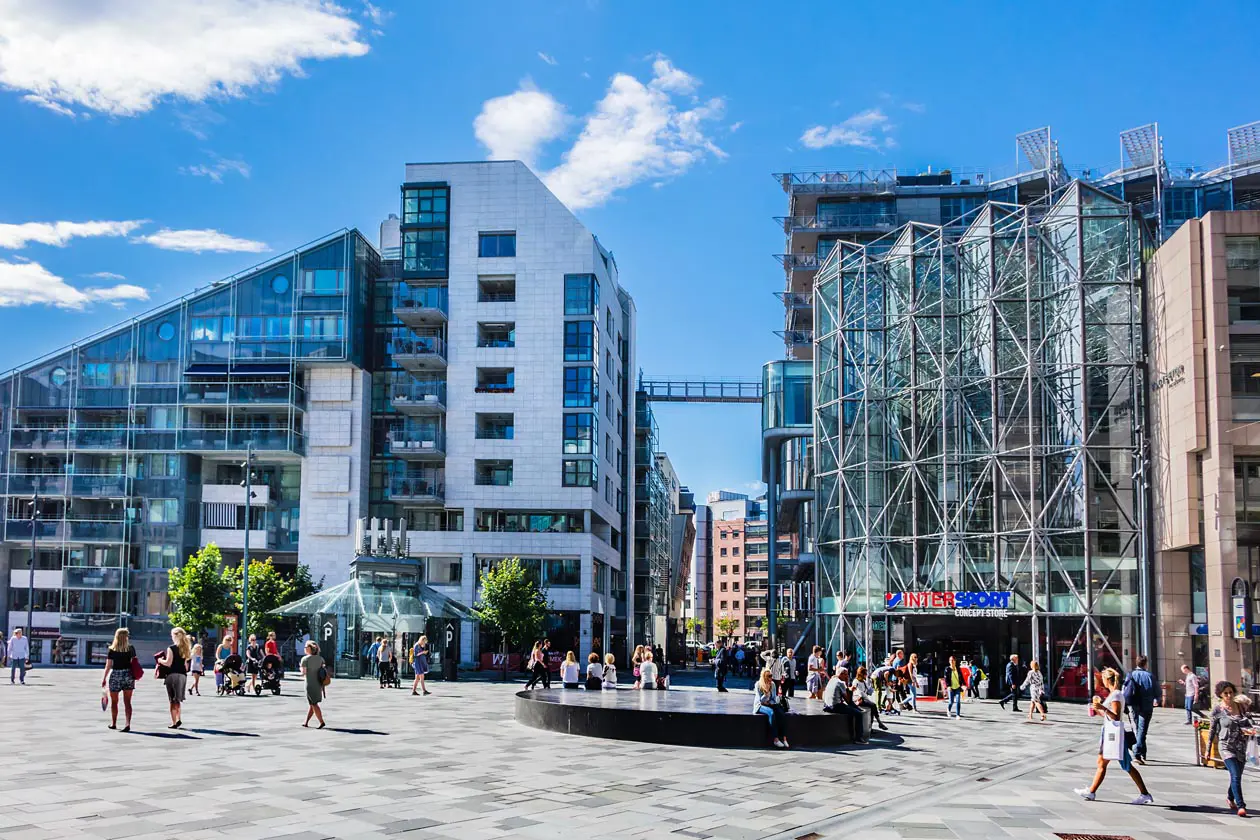


Photos: Copyright © Sisterscom.com Shutterstock
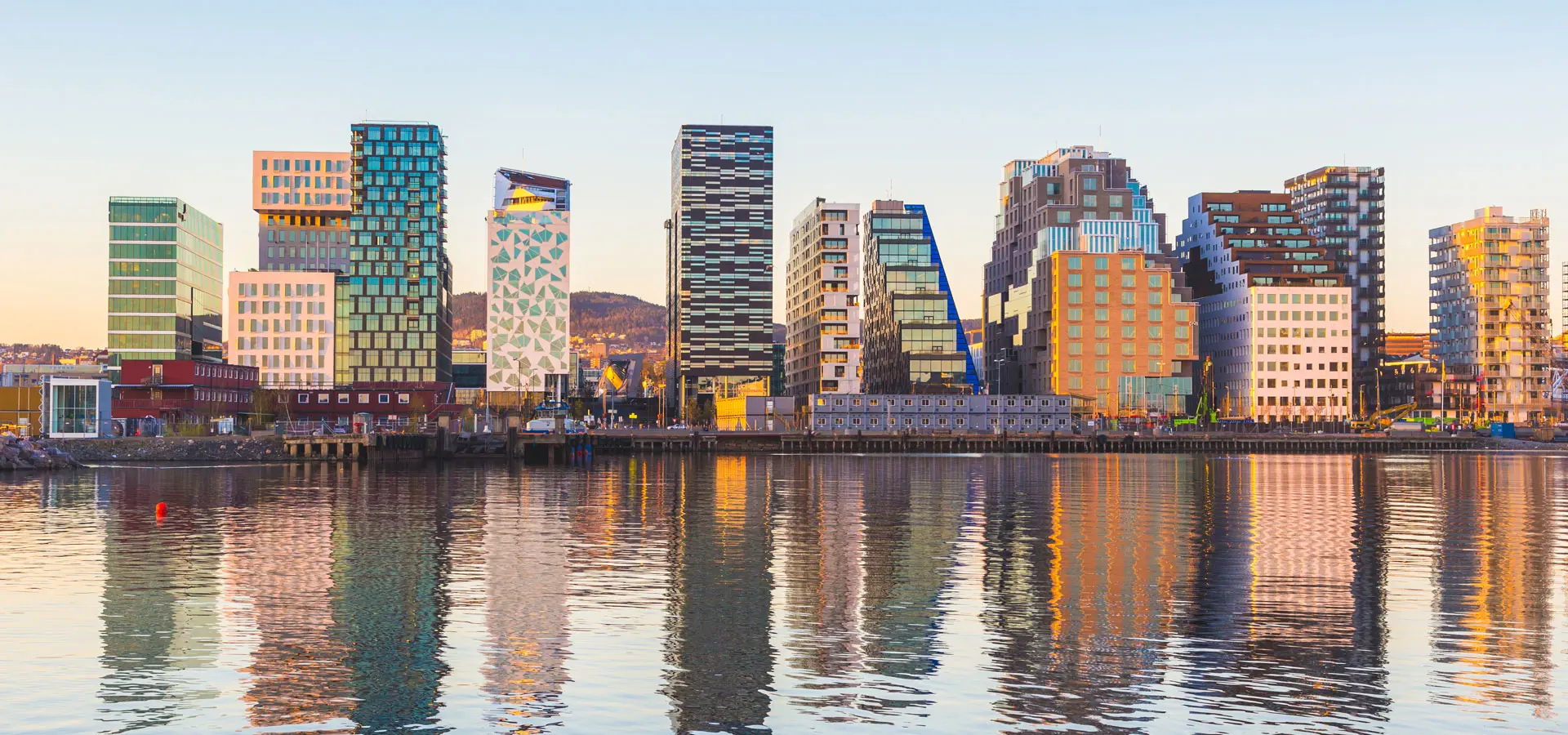 Oslo. Copyright © Sisterscom.com / Shutterstock
Oslo. Copyright © Sisterscom.com / Shutterstock
The building of Akershus Castle and Fortress was commenced in 1299 under king Håkon V. The medieval castle, which was completed in the 1300s, had a strategical location at the very end of the headland, and withstood a number of sieges throughout the ages. King Christian IV (1588-1648) had the castle modernised and converted into a Renaisssance castle and royal residence. During the 17th and 18th century the castle fell into decay, and restoration work only started in 1899.

The Norwegian National Opera & Ballet is Norway’s largest performing arts institution. After the opening in 2008, designed by the Norwegian architects Snøhetta, it is the first opera house in the world to let visitors walk on the roof. The new opera house offers a rich and varied programme from three stages: the Main House (1369 seats), Second House (400 seats) and the Studio (200 seats).
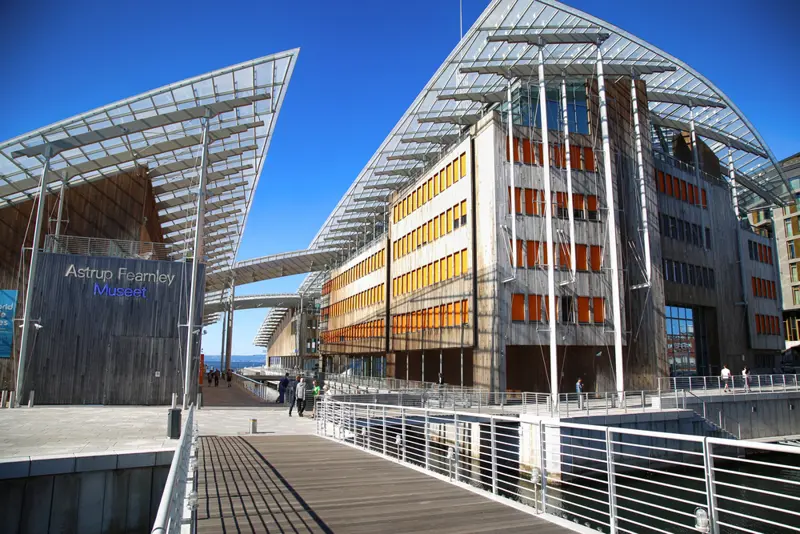
Tjuvholmen serves as a window to European contemporary architecture. This new neighbourhood is characterized by an intriguing architectural diversity and exceptional outdoor areas, all brought together by the master plan of one of Norway's most acclaimed architects, Niels Torp. Among Norwegian architects who have contributed to the project are Kristin Jarmund, Mad, Kari Nissen Brodtkorb, Jensen & Skodvin and Lund Hagem.

The unique sculpture park is the life work of the sculptor Gustav Vigeland (1869-1943) with more than 200 sculptures in bronze, granite and cast iron. Vigeland was also responsible for the design and architectural outline of the park. The park is open all year at all times and is a popular recreation area. Vigelandsparken is one of Norway's most visited attractions with more than 1 million visitors every year.

In the center of dissemination and interactivity are analyzed topics such as war, the solutions of conflicts and peace through film, exhibitions, screenings and interactive technology. Well worth a visit "Garden of the Nobel Prize," or the consultation of the electronic newspaper on the walls, which allows you to read and learn about the life and work of the winners of the Nobel Peace Prize. In the center are always active, temporary exhibitions, installations and activities for children.
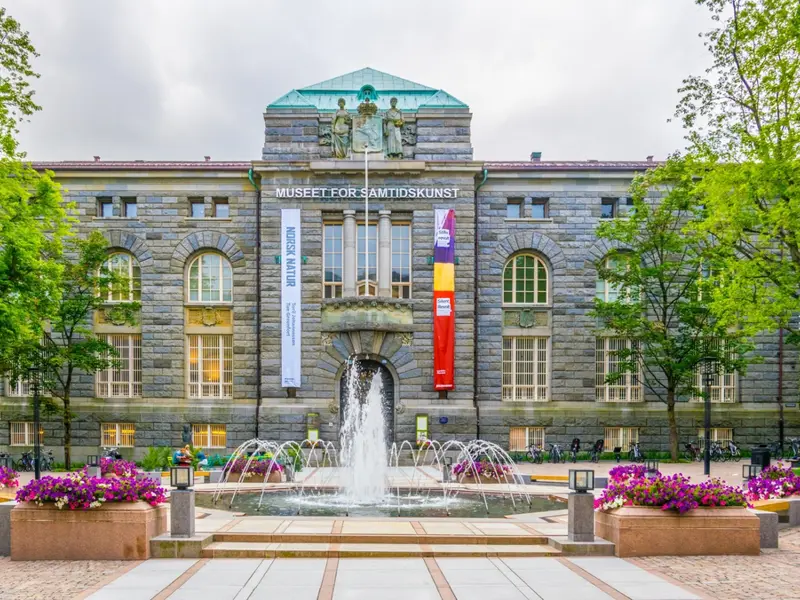
The Heine Onstad Art Centremuseum, was opened in 1968. The museum hosts temporary exhibitions as well as the Henie Onstad collection, which includes works by Picasso, Matisse, Beuys, Christo and famous Norwegian artists such as Weidemann.

Edvard Munch has a unique position among Nordic painters and is considered a pioneer in expressionism. The Munch Museum's collection, left to the city of Oslo by Edvard Munch, consists of a large number of paintings, graphical prints and drawings. By constantly changing the exhibitions, the museum presents the variety in his production.
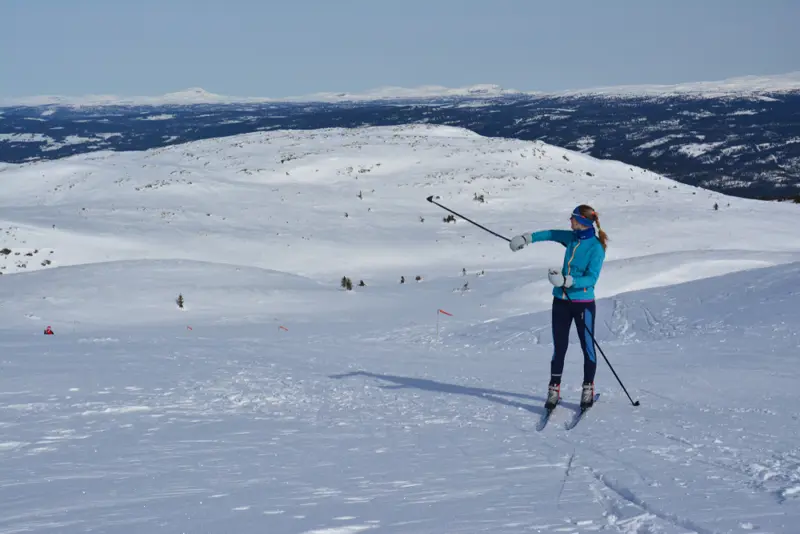
Just 30 minutes from downtown Oslo, the Oslo Winter Park is the Oslo-area's largest ski resort, consisting of 18 slopes and 11 lifts. There is a terrain park in Hyttli area, cruising slopes in Tryvann, slopes for children and beginners, and challenging slopes and a 6-seat express lift in Wyller. Oslo Winter Park is open whenever the snow conditions are good enough, usually from November/December to April.

One hour from Oslo you find the Royal Modum Blaafarveværk, established in 1773 to extract cobalt from the mines at Modum. The cobalt was to be used to make the cobalt blue dye for the world's porcelain and glass industries. Today, Blaafarveværket is a museum measuring eight kilometres in length which offers a mixture of art, culture and countryside.

